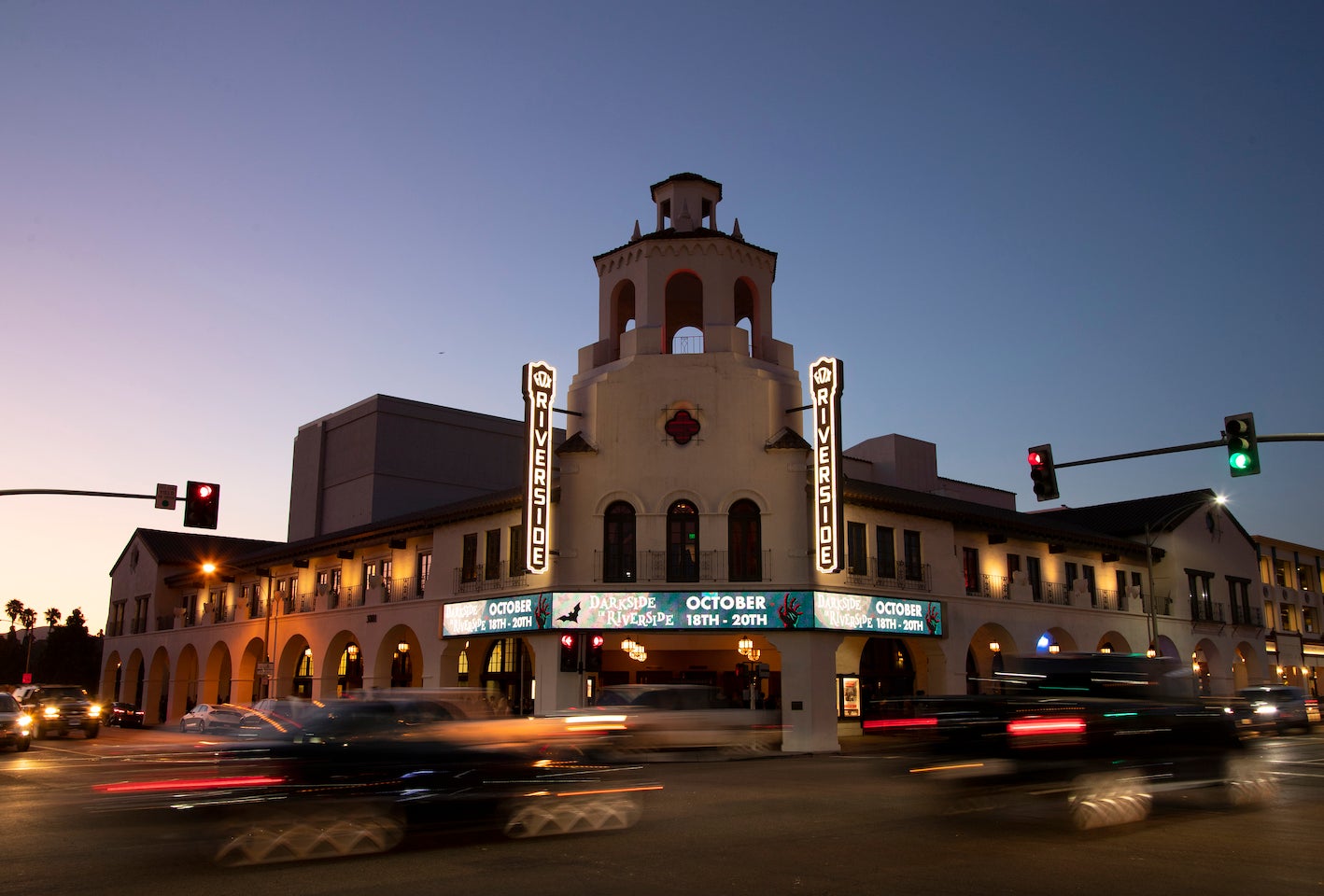Downtowns are still the biggest job centers in most regions

The demise of dense downtown areas in the United States has been predicted throughout, and long before, the COVID-19 pandemic. But according to a new analysis released today by the UCR School of Business Center for Economic Forecasting and Development, downtowns are far from dying and today continue to be the largest job centers in most regions across the nation.
While the report identifies new and unique challenges facing downtowns due to pandemic-driven shifts in behavior and preferences, these changes are not likely to outweigh the things that have traditionally drawn businesses and workers to centralized urban areas.
“A century ago Henry Ford predicted that cities were ‘doomed’ due to the mass production of cars, and those same predictions have come with every communication innovation since, from telephone to fax to email to Zoom,” said Taner Osman, Research Manager at the Center for Forecasting and the report’s author. “The prized benefits that central cities generally deliver – better access to workers, business services, infrastructure, and networking and innovation opportunities – have made downtowns much more resilient than people believed over the decades and firms still want a presence in these areas despite higher costs.”
The economies of downtowns, or ‘central business districts’ have been uniquely and doubly affected by the pandemic, according to the new report. These areas are home to both a hefty share of jobs in industries that suffered large employment losses and also to industries where work-from-home trends are strongest.
Prior to the pandemic, the Leisure and Hospitality sector, which includes jobs in restaurants, nightclubs, bars, museums, and entertainment venues, accounted for 17% of all central business district jobs in the largest 100 regions in the United States. That sector lost 46% of its jobs during the pandemic and has not yet fully recovered, adversely affecting downtown economies. But according to the analysis, spending on recreation is rebounding with a vengeance and given the rise in vaccinations and better COVID-19 treatments, there is no reason to expect these businesses not to resume normal operations – both downtown and elsewhere.
The more significant, and still unknown, effect stems from work-from-home trends. Throughout the pandemic, office workers have been by far the most likely to work from home. At the same time, in the 100 largest regions in the United States, office jobs account for 40% of all positions in central business districts. As more office employees work from home, the pandemic has had the effect of significantly lowering the daytime populations of downtowns, affecting multiple industries beyond the office.
The principal question is whether working from home will become a new normal.
“In many respects, the future of downtowns depends on the future of the office,” said Osman. “And the endurance of work-from-home trends will ultimately depend on worker productivity.”
He notes that academic research has come down on both sides of the productivity question, with some studies revealing greater productivity at home contrasted against a large body of research that finds face-to-face contact is a key source of worker productivity.
According to Osman, demand for office space is not likely to evaporate and the shifts could even bring new opportunity.
“A softening in downtown rents could provide an opportunity for small businesses and start-up companies to locate in highly central locations that formerly were out of their reach,” he said.
The complete analysis, “COVID’s Impact on Downtown Economies: What Does The Future Hold?” is available here.








